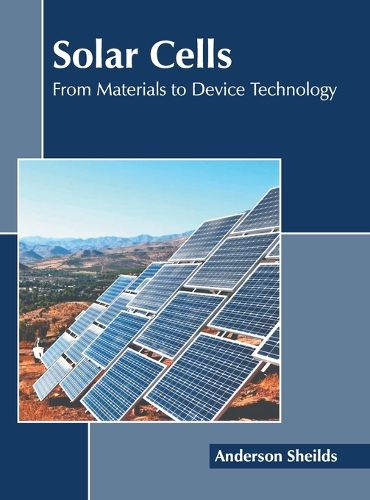Readings Newsletter
Become a Readings Member to make your shopping experience even easier.
Sign in or sign up for free!
You’re not far away from qualifying for FREE standard shipping within Australia
You’ve qualified for FREE standard shipping within Australia
The cart is loading…






A solar cell refers to a type of device that transforms light into electrical energy by directly using the photovoltaic effect technology. Majority of the solar cells are made using silicon, which is the most common semiconductor material. Solar cells are usually made from n-type and p-type silicon semiconductors. The cells can be organized as arrays, which are made up of thousands of individual cells. These arrays can serve as an electric power plant, which generates electrical energy using sunlight for distribution in residential, industrial and commercial areas. Solar cell panels are also utilized to generate electricity in numerous distant terrestrial regions, where conventional electric power sources are either unavailable or impractical to install. Solar cells are used frequently in power consumer devices such as portable radios, electronic toys and pocket calculators. This book unfolds the concepts and innovative models around prospective developments with respect to solar cells materials and device technology. It is a resource guide for experts as well as students.
$9.00 standard shipping within Australia
FREE standard shipping within Australia for orders over $100.00
Express & International shipping calculated at checkout
A solar cell refers to a type of device that transforms light into electrical energy by directly using the photovoltaic effect technology. Majority of the solar cells are made using silicon, which is the most common semiconductor material. Solar cells are usually made from n-type and p-type silicon semiconductors. The cells can be organized as arrays, which are made up of thousands of individual cells. These arrays can serve as an electric power plant, which generates electrical energy using sunlight for distribution in residential, industrial and commercial areas. Solar cell panels are also utilized to generate electricity in numerous distant terrestrial regions, where conventional electric power sources are either unavailable or impractical to install. Solar cells are used frequently in power consumer devices such as portable radios, electronic toys and pocket calculators. This book unfolds the concepts and innovative models around prospective developments with respect to solar cells materials and device technology. It is a resource guide for experts as well as students.